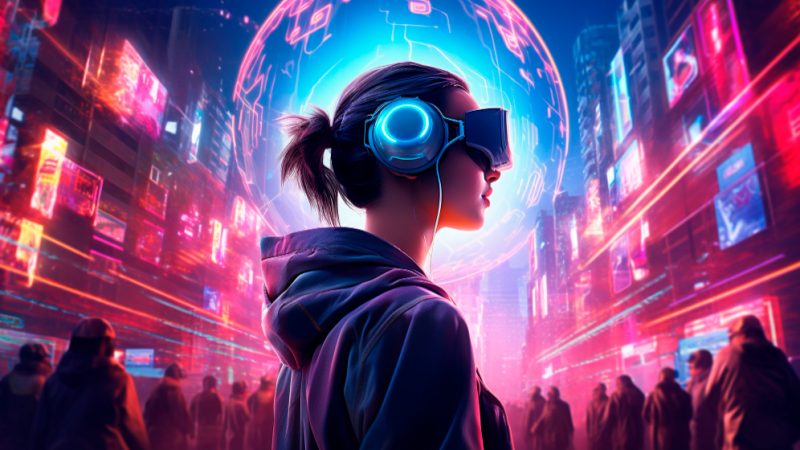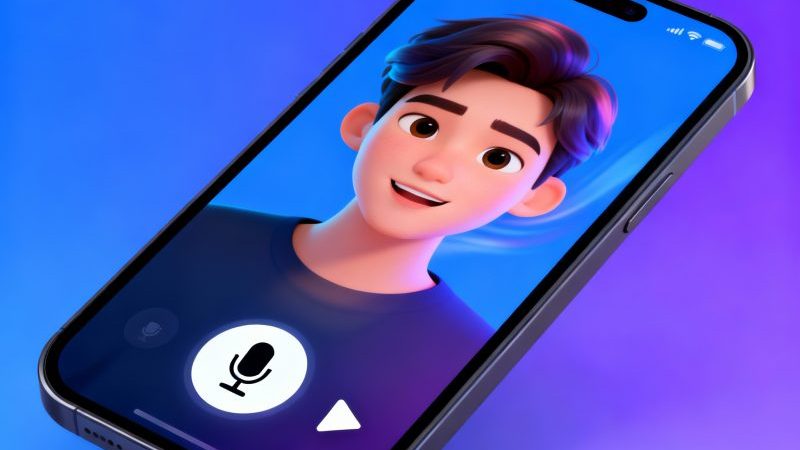AI-Powered Game Design Using OpenAI APIs and Unity ML-Agents

The gaming industry is on the verge of an exciting transformation. Artificial intelligence is now doing more than just scripting enemy behaviors; it’s truly changing the way games are created, developed, and enjoyed. Two amazing tools are at the forefront of this change: OpenAI’s APIs and Unity’s ML-Agents toolkit. These technologies are empowering developers to craft gaming experiences that can adapt, learn, and respond to players in ways we could only imagine before.
The Evolution of Game AI
In traditional games, AI often uses finite state machines and behavior trees, pre-set patterns that guide how non-player characters (NPCs) respond to different situations. While these methods are great for creating challenges that players can anticipate, they do have their drawbacks. Players tend to pick up on these patterns quickly, and the illusion of smart, responsive AI fades when the underlying scripts become obvious.
- Modern AI-powered game design adopts a fundamentally different approach.
- Developers no longer hardcode every possible scenario.
- Instead, they create agents that learn from experience.
- These agents adapt to player strategies.
- They can generate novel behaviors that even their creators might not anticipate.
- This shift from scripted to learned behavior marks a paradigm change in game development.
Unity ML-Agents: Training Intelligence Within Your Game
Unity ML-Agents is an open-source toolkit used in AI game development that makes it easy for developers to train intelligent agents using reinforcement learning right inside the Unity engine. It brings together game development and machine learning, opening up the world of advanced AI techniques to developers, even if they don’t have in-depth knowledge of neural networks or training algorithms.
The Core Concept
It is elegantly simple: agents observe their environment, take actions, and receive rewards based on how well those actions align with desired outcomes. Over thousands or millions of iterations, agents learn which behaviors lead to success. This approach has profound implications for game design.
- Consider enemy AI in a combat game.
- Instead of manually scripting attack patterns, timings, and tactics for various difficulty levels, developers can define a reward structure.
- Agents can then learn through self-play.
- This approach often results in emergent complexity, with agents discovering tactics that human designers may not have considered.
- The outcome is opponents that are genuinely challenging and unpredictable.
Adaptive Difficulty System
ML-Agents truly shine at crafting adaptive difficulty systems. Unlike traditional games that tweak challenges by increasing enemy damage or health, ML-Agents-trained opponents can elevate the experience by becoming more tactically clever. They learn to match your skill level by carefully observing how you’re performing and adjusting their strategies to keep the game engaging and fun.
The toolkit enables cooperative AI that learns alongside humans. In team games, AI companions complement strategies, cover weaknesses, and coordinate naturally, creating engaging experiences where AI feels like real teammates, not just scripted NPCs.
OpenAI APIs: Bringing Language and Creativity to Games
While Unity ML-Agents are great for shaping how game agents behave, OpenAI’s APIs, especially GPT models, add an exciting new dimension in AI chat games by enabling natural language understanding and generation. This opens up so many fun and innovative gameplay opportunities.
- Dynamic dialogue systems are among the most exciting applications.
- Instead of using fixed conversation trees, players can type or speak naturally to NPCs.
- Language models enable NPCs to respond contextually.
- Quest-giving NPCs can understand various phrasings of the same question.
- They can provide hints when players are confused.
- NPCs can adapt explanations based on the player’s knowledge.
This approach creates more immersive role-playing experiences with natural-flowing conversations rather than rigid branching paths.
Procedural Narrative Generation
Procedural narrative generation becomes much more advanced thanks to language models. This means that games can now craft quest descriptions, character backstories, item lore, and environmental storytelling elements that fit seamlessly within the game world, all while providing almost limitless variety. Every time you play, you might encounter unique stories, all without the need for huge content creation costs.
Intelligent Tutoring Systems
OpenAI’s APIs enable AI helpers in games to observe player actions, identify struggles, and offer natural language assistance. This improves onboarding by providing seamless, autonomous support while teaching core mechanics.
Creative applications extend to content generation. AI can help generate level layouts, balance game mechanics by simulating thousands of gameplay scenarios, or even suggest design improvements based on analyzing player behavior patterns. This augments rather than replaces human creativity, handling tedious iterations while designers focus on vision and innovation.
Practical Implementation Strategies
Integrating these technologies requires thoughtful architecture. For Unity ML-Agents, start with isolated systems, train a single agent before scaling. Training needs substantial resources, but Unity’s cloud options make it feasible. Define reward structures that align with desired behaviors and prevent agents from exploiting loopholes.
OpenAI API integration requires careful prompt engineering, with developers crafting prompts to set character traits, knowledge limits, and behaviors. Caching is essential to reduce latency and costs, often combining procedural dialogue with AI-generated text or caching common responses for efficiency.
- Security considerations are important when connecting games to external APIs.
- Rate limiting helps prevent abuse.
- Content filtering ensures responses are appropriate.
- Offline fallbacks maintain functionality if API access is unavailable.
- Developers should also consider player privacy when systems process natural language input.
The Future of AI-Powered Game Design
The fusion of these exciting technologies opens up wonderful possibilities for gaming. Picture open-world games where NPCs feel like real characters with consistent personalities and memories, thanks to language models, and can even change their behavior based on how players interact. In strategy games, AI opponents become smarter and more strategic over time through reinforcement learning, making the game worlds feel lively and ever-changing.
The democratization of these tools allows indie developers to create AI experiences once limited to studios with dedicated AI teams, leveling the playing field and fueling creative experimentation.
Conclusion
As these technologies advance, the primary inquiry confronting game designers transitions from “what can we script?” to “what behaviors and experiences do we intend to foster?” This evolution positions artificial intelligence not as a substitute for human creativity but as a potent instrument for actualizing visions that were formerly beyond technical reach. The future of game design is characterized by intelligence, adaptability, and boundless surprises.






